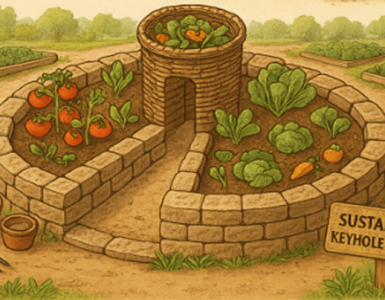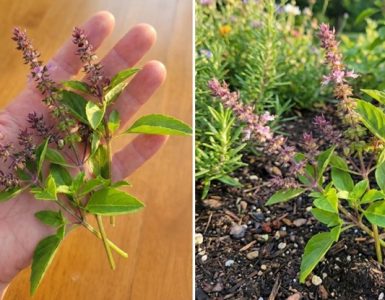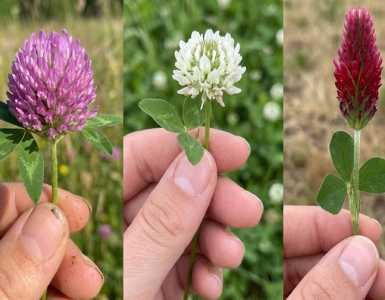Fertilizing correctly is crucial for maintaining healthy soil and promoting robust plant growth. Whether you’re a seasoned gardener or just starting out, understanding the fundamentals of fertilization can make a significant difference in the success of your plants. In this guide, we’ll explore the importance of fertilization, the different types of fertilizers available, and best practices for application to ensure optimal results.
Why Fertilize?
Fertilization provides essential nutrients to plants that may be lacking in the soil. These nutrients, including nitrogen, phosphorus, and potassium, are vital for various physiological processes such as photosynthesis, root development, and overall growth. Without adequate nutrients, plants can exhibit stunted growth, yellowing leaves, and decreased resistance to pests and diseases.
Types of Fertilizers:
Organic Fertilizers: Derived from natural sources such as compost, manure, and bone meal, organic fertilizers enrich the soil with essential nutrients and improve its structure. They release nutrients slowly, providing a steady supply to plants over time. Organic fertilizers also enhance soil microbial activity, promoting overall soil health.
Inorganic or Synthetic Fertilizers: These fertilizers are manufactured chemically and typically contain specific concentrations of nitrogen, phosphorus, and potassium (NPK). While synthetic fertilizers provide immediate nutrient availability to plants, they can lead to nutrient runoff and soil depletion if overused. It’s essential to follow recommended application rates and timings when using synthetic fertilizers.
Best Practices for Fertilization:
Soil Testing: Before applying any fertilizer, conduct a soil test to determine its nutrient content and pH level. Soil testing helps identify deficiencies and allows for tailored fertilization strategies.
Timing: Fertilize during the active growing season when plants are most receptive to nutrients. Avoid fertilizing during dormant periods or extreme weather conditions.
Application Rates: Follow recommended application rates provided on fertilizer labels or based on soil test results. Over-fertilization can harm plants and contribute to environmental pollution.
Application Methods: Fertilizers can be applied in various ways, including broadcasting, side-dressing, and foliar spraying. Choose the method that best suits your plants’ needs and ensures even distribution of nutrients.
Watering: After applying fertilizer, water the soil thoroughly to help nutrients penetrate the root zone. Proper watering ensures efficient nutrient uptake by plants and reduces the risk of fertilizer burn.
Mulching: Mulching around plants helps conserve soil moisture, suppress weeds, and gradually release nutrients into the soil as organic matter decomposes. Use organic mulches such as straw, wood chips, or compost for added benefits.
Maintenance: Monitor plant growth and health regularly to assess the effectiveness of your fertilization regimen. Adjust fertilization practices as needed based on plant responses and seasonal changes.
Fertilizing correctly is a fundamental aspect of gardening and agriculture that directly impacts plant health and productivity. By understanding the importance of fertilization, choosing the right type of fertilizer, and following best practices for application, you can promote vigorous growth, abundant yields, and sustainable soil management. With proper fertilization techniques, you’ll enjoy thriving plants and a flourishing garden for years to come.






Add comment